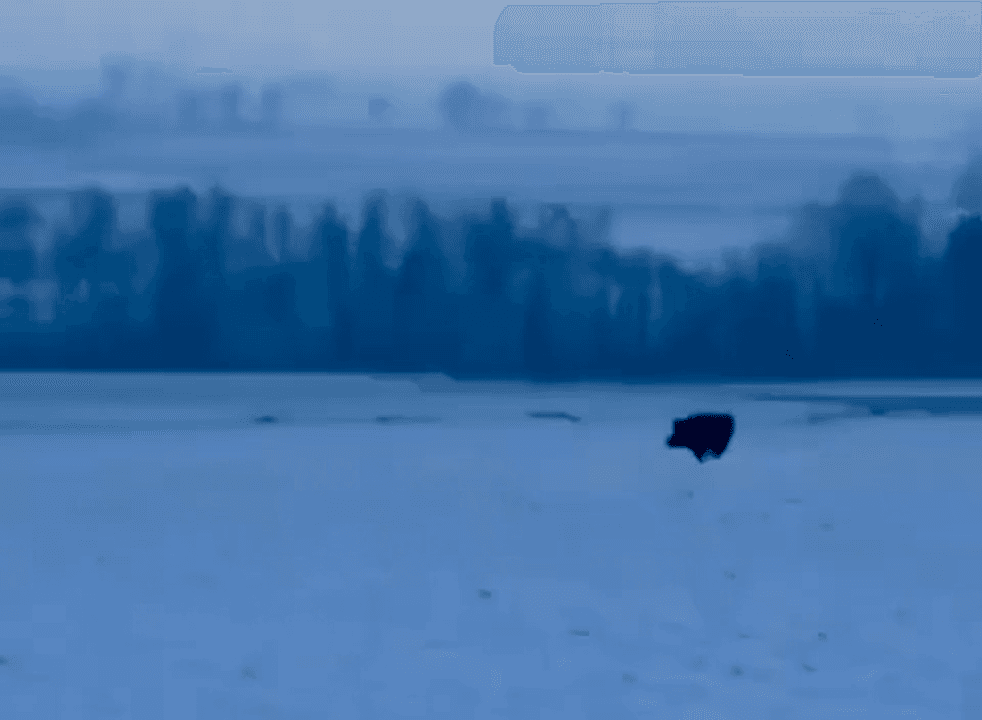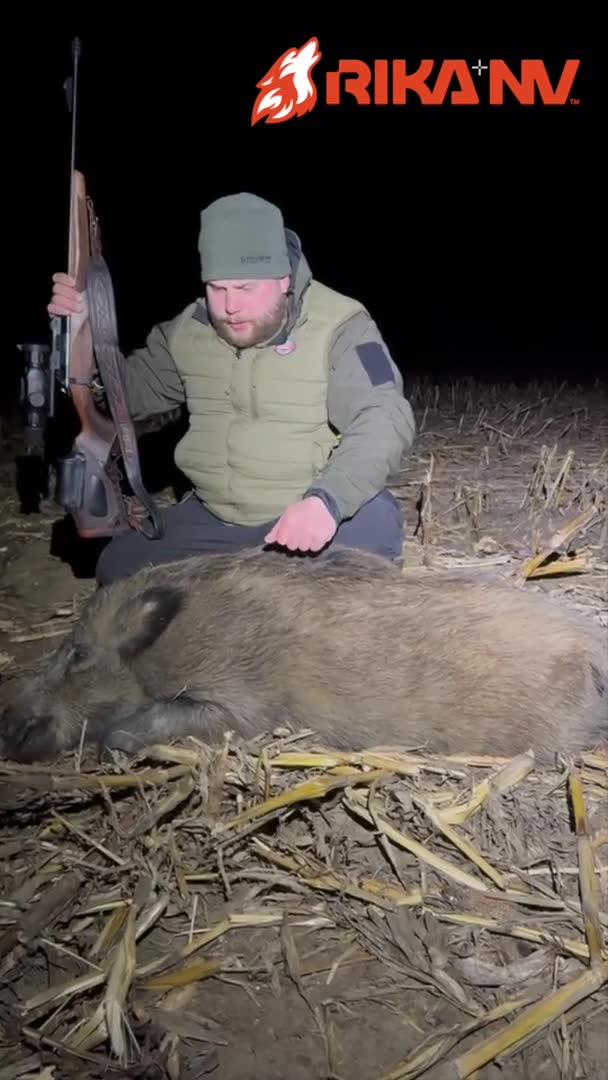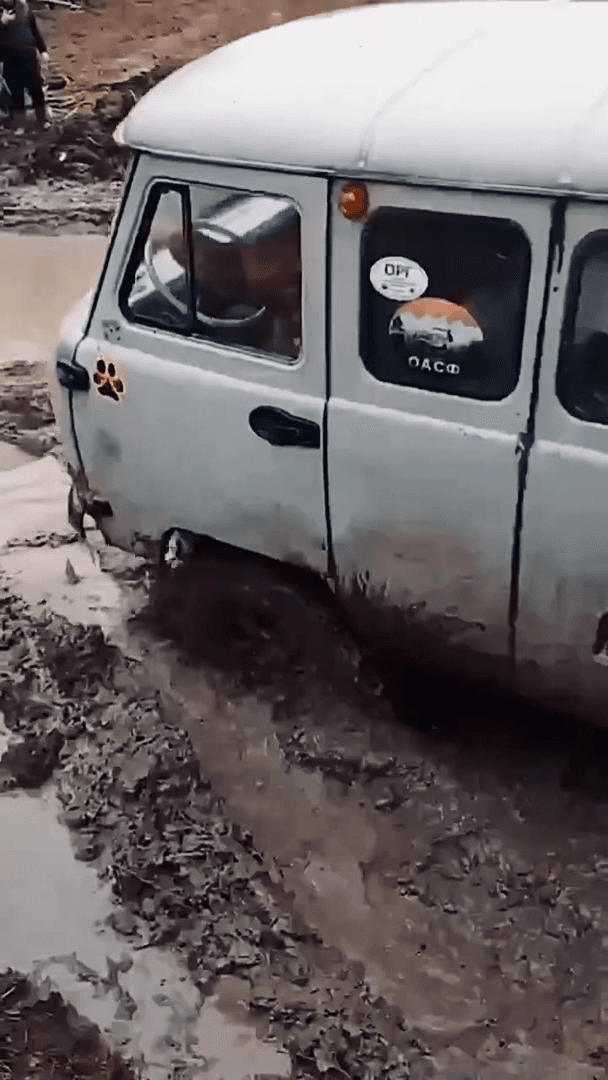
Što je posebno u lovu na turu? 💯 Planine Kavkaz, koje su poznate po svojoj ljepoti i teškom terenu. Najvjerojatnije će se lovac morati penjati po strmim liticama. 💯 Jedinstvenost. Uostalom, ove životinje su endemske na Kavkazu. Takav trofej postat će pravi biser vaše kolekcije! 💯 Poteškoće u lovu. Oprez tura će vas zadiviti. Lovac mora biti dobar strijelac, jer najvjerojatnije neće morati pucati iz najprikladnijeg kuta.
Post: 4 December 10:07













































